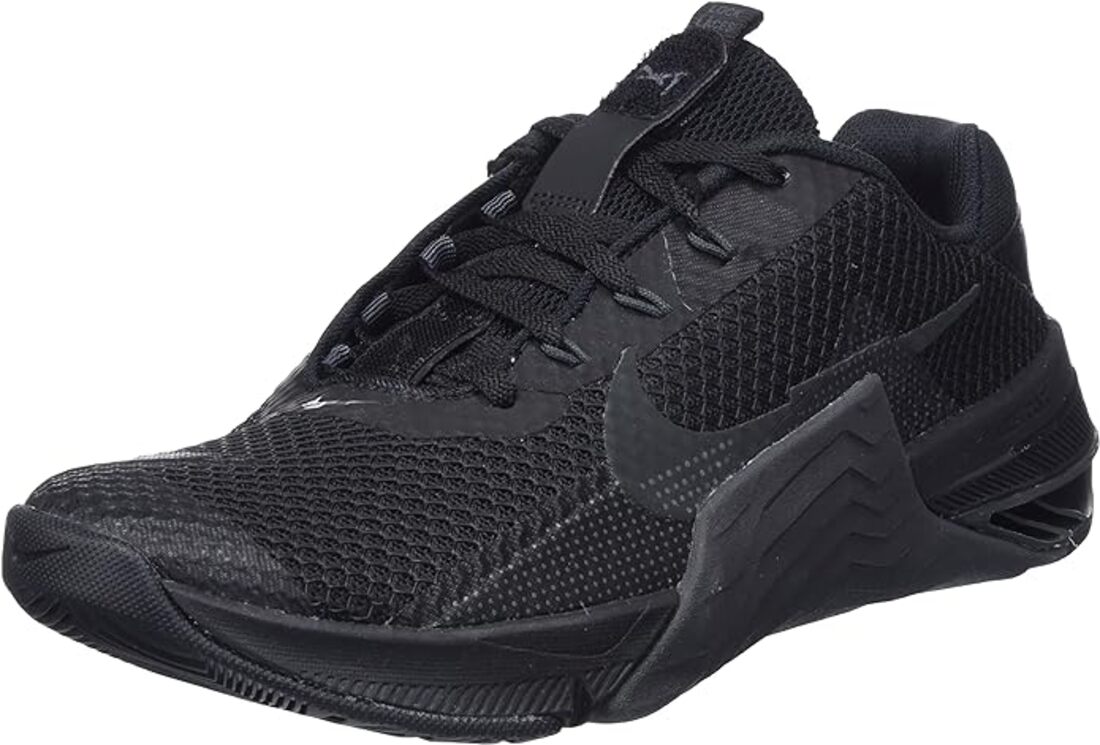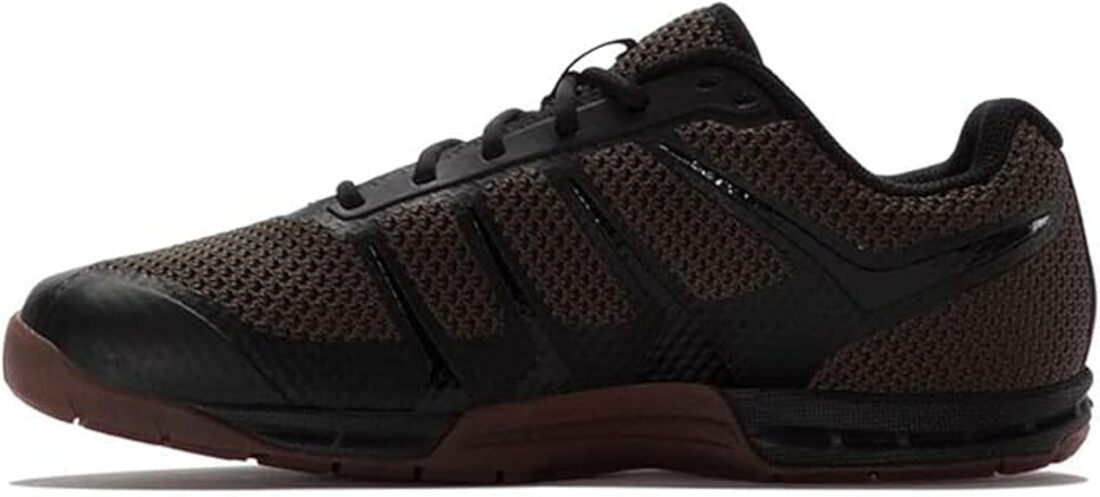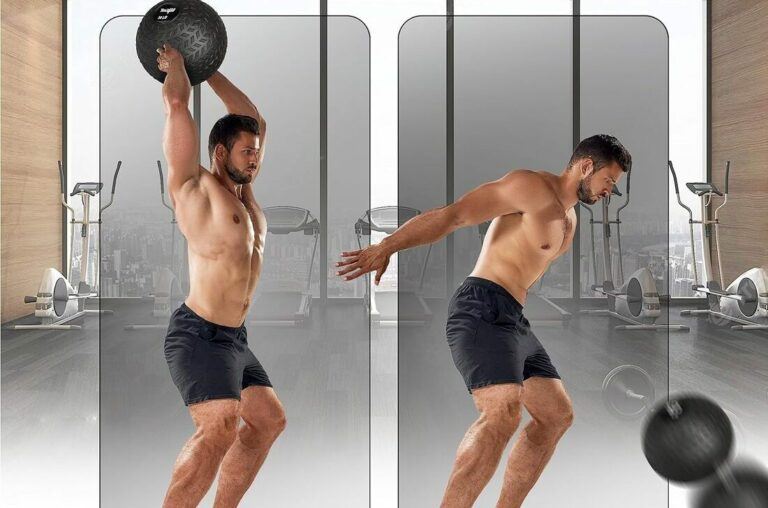You are sprinting down the soccer field, the ball at your feet.
Suddenly, a defender lunges in for a tackle.
In a split second, you explode past them, leaving them grasping at air and propelling yourself towards a scoring opportunity.

This scenario hinges on a crucial aspect of athletic performance – explosive power.
It’s the ability to generate maximum force in a short amount of time, translating to faster sprints, higher jumps, and quicker changes in direction.
But explosive power isn’t just about brute strength – it’s also heavily influenced by your reflexes.
Here’s the secret weapon: plyometrics.
These dynamic jump training exercises are designed to enhance your nervous system’s ability to react quickly and generate powerful muscle contractions.
By incorporating plyometrics into your routine, you can supercharge your reflexes and take your athletic performance to the next level.
Here we will dive deep into the world of plyometrics and how they benefit athletes.
We’ll explore the science behind plyometrics, discuss their impact on reflexes, and provide a guide to incorporating them into your training program.
Key Takeaways
- Plyometrics are jump training exercises that improve explosive power and reaction time.
- Faster reflexes translate to quicker movements, better agility, and enhanced athletic performance.
- Plyometrics work by stimulating the stretch reflex, leading to more forceful muscle contractions.
- Proper form and technique are crucial to maximizing the benefits of plyometrics and minimizing injury risk.
- Choosing the right plyo training shoes can provide stability, support, and impact absorption during plyometric drills.
Why are Reflexes Important for Explosive Power?

As discussed in our previous guide on the reflex training pillar article, reflexes are involuntary responses triggered by the nervous system in reaction to a stimulus.
They play a vital role in athletic movements that require quick bursts of power.
Here’s how reflexes influence explosive power:
- Faster Reaction Times: Sharper reflexes allow you to react quicker to changes in direction, openings on the field, or defensive maneuvers by opponents.
- Enhanced Neuromuscular Communication: Plyometrics train your nervous system to send more efficient signals to your muscles, enabling them to contract with greater force and speed.
- Improved Coordination: Plyometric exercises involve complex movements that require coordinated muscle activation. This translates to better overall body control and efficient power transfer during explosive actions.
The Science Behind Plyometrics and Reflexes: The Stretch Reflex
The magic behind plyometrics lies in a neurological phenomenon called the stretch reflex, also known as the myotatic reflex.
Here’s a simplified breakdown:
- Muscle Stretch: During a plyometric exercise like a box jump, the rapid lengthening of your leg muscles (e.g., quadriceps) sends a signal to the spinal cord through sensory neurons.
- Spinal Cord Response: The spinal cord interprets the signal as a stretch and immediately sends a counteracting signal back to the muscle through motor neurons.
- Muscle Contraction: This reflex response triggers a powerful contraction in the stretched muscle, propelling you upwards in the box jump.
By incorporating plyometrics into your training, you can essentially train your stretch reflex to become more efficient.
This translates to quicker and more forceful muscle contractions, ultimately leading to improved explosive power and faster reflexes.
Building Explosive Power: Plyometric Exercises for Athletes

Now that you understand the science behind plyometrics, let’s explore some effective exercises to incorporate into your training program:
- Box Jumps: A classic plyometric exercise that builds lower body power. Jump explosively onto a plyo box (choose a height appropriate for your fitness level) and land softly with knees slightly bent.
- Depth Jumps: Start from a standing position, then lower yourself into a squat position. Explosively jump upwards as high as possible and land softly with knees slightly bent.
- Squat Jumps: Perform a bodyweight squat, then explode upwards as high as possible, extending your hips and knees fully. Land softly and immediately transition into another squat jump.
- Lateral Jumps: Jump laterally from side to side over a hurdle or imaginary line, focusing on explosive movements and maintaining a balanced landing.
Here are some additional tips for maximizing your plyometric training
- Warm-up Properly: Prepare your muscles for intense activity with dynamic stretches and light cardio before starting plyometrics.
- Master the Basics: Before attempting complex plyometric exercises, ensure you have proper form mastered in basic movements like squats, lunges, and jumps. This foundation is crucial for preventing injuries during plyometric drills.
- Start Low, Progress Gradually: Begin with low-impact plyometrics like squat jumps or depth jumps from a lower height. As your strength and coordination improve, gradually increase the intensity and difficulty of your plyometric drills.
- Focus on Quality Over Quantity: It’s better to perform a few repetitions with proper form than a high number with compromised technique. Prioritize quality movements to maximize benefits and minimize injury risk.
- Listen to Your Body: Take rest days when needed and avoid pushing yourself through pain. Proper recovery is essential for muscle growth and preventing overuse injuries.
Top Plyo Training Shoes on Amazon
Now that you’re equipped with the knowledge and exercises to unleash your inner explosive athlete, choosing the right footwear is crucial.
Here are some of the top-rated plyo training shoes on Amazon designed to provide the support, stability, and impact absorption needed for safe and effective plyometric workouts:

Men’s Nike Metcon 7: This versatile shoe offers a comfortable fit, excellent stability for lateral movements, and a wide base for enhanced balance during plyometric drills.

Women’s Reebok Nano X2: Designed specifically for women’s foot anatomy, this shoe boasts a supportive midsole, a flexible forefoot for dynamic movements, and a durable outsole for traction during plyometric training.

Inov-8 F-Lite 235: This lightweight option offers exceptional flexibility and a minimal drop for a natural feel during plyometric exercises. It’s a great choice for experienced athletes who prioritize agility and proprioception.
Remember: When choosing plyo training shoes, consider your specific needs, workout style, and budget. It’s always recommended to try on shoes in-store before purchasing to ensure a proper fit and comfortable feel.
Disclaimer: These are affiliate links, and I may earn a commission if you purchase through them. However, I have carefully chosen these products based on their quality and suitability for plyometric training.
Frequently Asked Questions (FAQs) About Plyometrics
Q: Are plyometrics safe for beginners?
A: Plyometrics can be safe for beginners, but proper guidance and starting with low-impact exercises are crucial. It’s recommended to consult with a certified trainer to learn proper form and technique before diving into advanced plyometric drills.
Q: How often should I incorporate plyometrics into my training?
A: The frequency of plyometric workouts depends on your fitness level and overall training program. Beginners can start with 1-2 sessions per week, while advanced athletes can incorporate plyometrics 2-3 times per week. Always allow for adequate rest and recovery between sessions.
Q: Can I do plyometrics at home?
A: Absolutely! Many plyometric exercises require minimal equipment or can be modified using household items. Box jumps can be performed on a sturdy bench or stair step, and depth jumps can be done without a box by simply jumping explosively from a standing position.
Conclusion: Unleash Your Inner Powerhouse with Plyometrics
By incorporating plyometrics into your training program, you can significantly enhance your explosive power, improve reaction time, and elevate your athletic performance to the next level.
Remember, consistency is key.
Make plyometrics a regular part of your training routine, and witness the transformation in your speed, agility, and overall athletic prowess.
So, lace up your new plyo training shoes, warm up properly, and get ready to unleash your inner explosive athlete!



